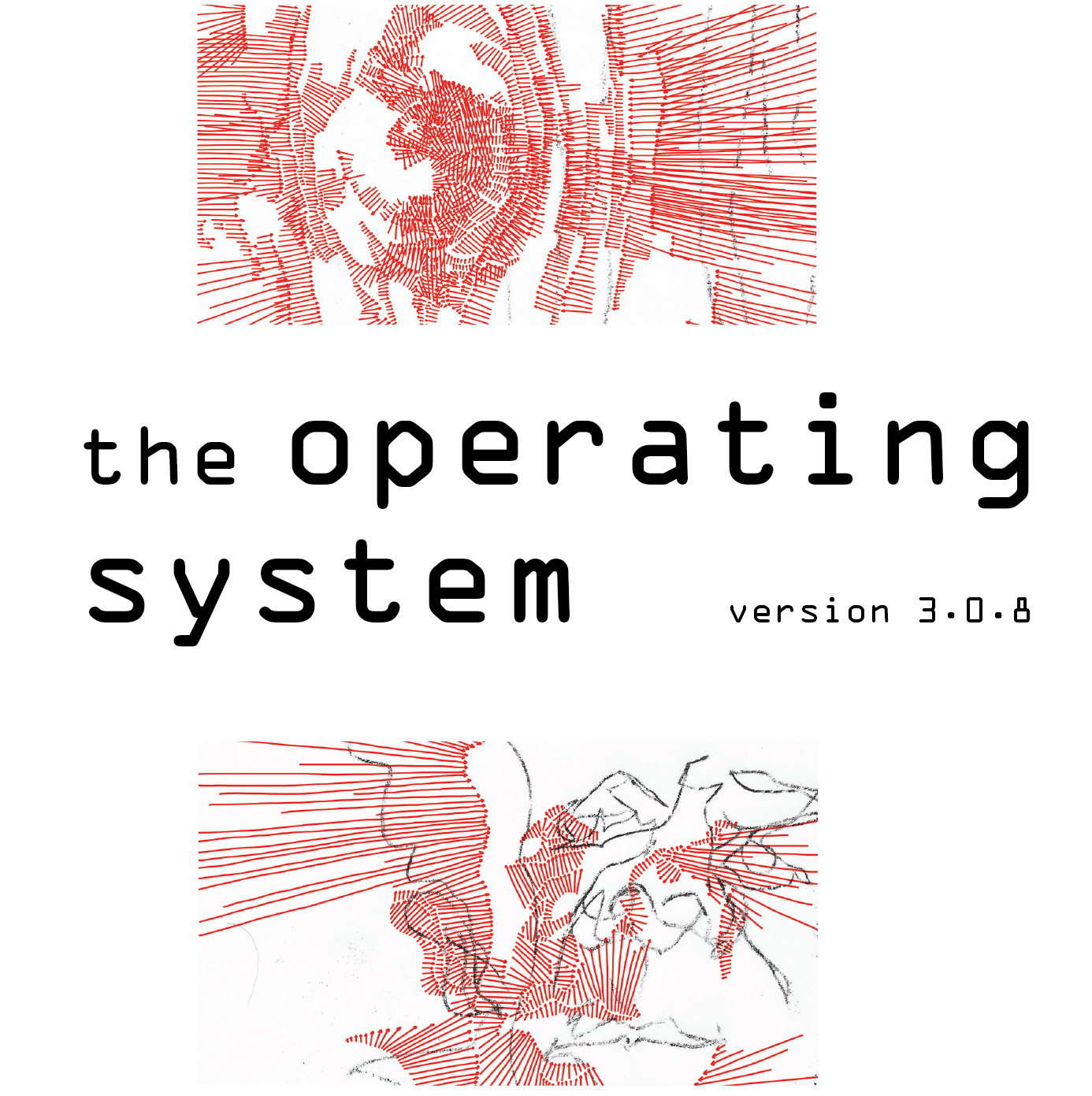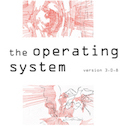AWESOME CREATORS :: COMMUNITY ARTS RELIEF AND RECOVERY :: BOB GOLDBERG : MUSICIANS FOR SANDY (NYC)
Does Music Make a Difference?
Hurricane Sandy spared our neighborhood. No blackouts, no houses lost, a few trees knocked down. We were lucky, and wanted to help. Shelters for evacuees were set up at John Jay High School (families) and the Park Slope Armory (senior citizens), and there were local sites for collecting donations and serving meals (Red Hook Initiative).
Frank McGarry, who teaches music at PS 321 suggested we offer to play for the people in the John Jay shelter, talked to the coordinators, and arranged a group to play for the families in the shelter on Halloween. About 8 of us showed up the first day, including several teachers from 321 and Brooklyn Conservatory – no rehearsal, but we knew many songs in common, and shared easily.
A few of us had brought some extra percussion instruments with us, which attracted the kids’ attention. We realized that they needed activity more than a concert. So when we returned the next day, we brought more instruments – maracas, tambourines, woodblocks, small drums. There were fewer musicians – and it became more of a jam session with the kids. 2-3 teachers with 8-10 kids in a given session.
During the next few days, several of us went to shelters and service sites to offer to play, in whatever way was needed. The volunteer coordinators were appreciative, and welcomed music.

All volunteer coordinated “wellness” schedule at the Park Slope Armory, converted into a shelter post-Sandy
Frank and I played for the dinner serving line at Red Hook one evening – folk songs, jazz standards. It was cold, so we had to take occasional breaks to warm our hands. The people on line, and those serving, sang or danced along sometimes, and many thanked us afterward. We also visited the Park Slope Armory, accompanying a movement class.
I went back to the John Jay shelter a few days later with Katie Mullins, a singer-songwriter who teaches with Brooklyn Conservatory. We shared songs and brought percussion for the kids to jam with us. At one point, I sang Bob Marley’s “Three Little Birds”, and saw a mother across the room singing along to her baby. The kids were enthusiastic, joining in on percussion (one boy set up a small drum kit, and kept a great beat). We got to talk to the kids about where they lived, what music they liked.
music brings relief, human contact… it reinforces our humanity.
In the wake of a disaster, shelter, food, water are essential, and cleaning up damage around people’s homes and neighborhoods is a high priority. I can’t say that music is of the same importance, but it brings relief, human contact. It is therapeutic, it reinforces our humanity. So many of the people we played for were thankful that we had brought some happiness and caring to them in their temporary surroundings.
Making music – singing and playing together – helps to build community. Playing together to help our neighbors also gave us a chance to exchange ideas and songs outside of our classrooms – to connect with our fellow teachers as well as our neighbors. The arts, in education and in our society, are too often treated as extras, non-essentials. Artists and teachers of the arts often struggle in a system that undervalues our work – appreciated by our colleagues and students, but denied steady employment and respect by the systems that fund and govern schools.
Visiting people in shelters broadened our perspective as well, as we met the many volunteers and residents, and saw the needs and the work that was being done. Community groups came together to help their neighbors, and I hope this will continue to inspire us to work together to confront the problems that face us, and to build the kind of society we can be proud to live in.
——————————————————————————————————-
Bob Goldberg has been making music in public for more than 20 years, much of that time with accordion as his “main axe.” He moves freely between a wide range of styles, including American Roots music, Italian and French folk and pop, Klezmer, Basque, Irish, blues, rock, reggae, jazz, zydeco, tango, classical and modern.
Goldberg leads the Famous Accordion Orchestra, and has been a member of the bands Washboard Jungle and Le Nozze di Carlo. He has led a nine-piece accordion band for the celebrated “Angels and Accordions” at Green-wood Cemetery, and has performed at the Brooklyn Museum, Metropolitan Museum, Hudson Opera House, St Marks in the Bowery, Brooklyn Botanic Garden, Annapolis City Hall, The Cyclone at Coney Island, Montauk Club, Don’t Tell Mama, Flynn Theater, Dixon Place, Soho Art Parade, Plymouth Church Yankee Fair, and at weddings and birthdays.
Bob has received grants from the Brooklyn Arts Council for the development of new work, and for the annual “World Tour of Brooklyn Gardens” series with the Famous Accordion Orchestra.
__________
With the transmutation of the Occupy network into Occupy Sandy, a full service relief agency that many argue has been more effective, fluid, and organically responsive in every aspect of recovery efforts than FEMA and/or the Red Cross, it is hard to ignore the precedents that are both being set and being torn down: we are seeing in action how the combination of local coordinated efforts and intention linked with a pre-existing social network/media structure can be activated at any time in a way never before possible or, indeed, believable.
Email us at editors@exitstrata.com.



